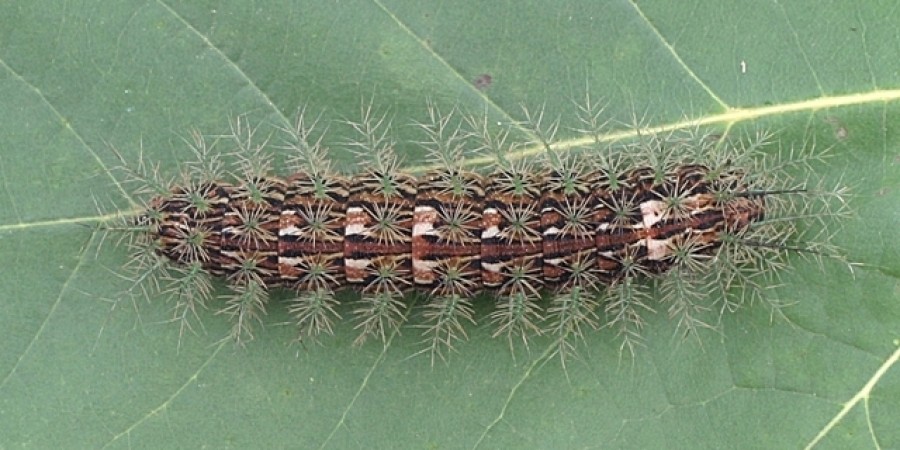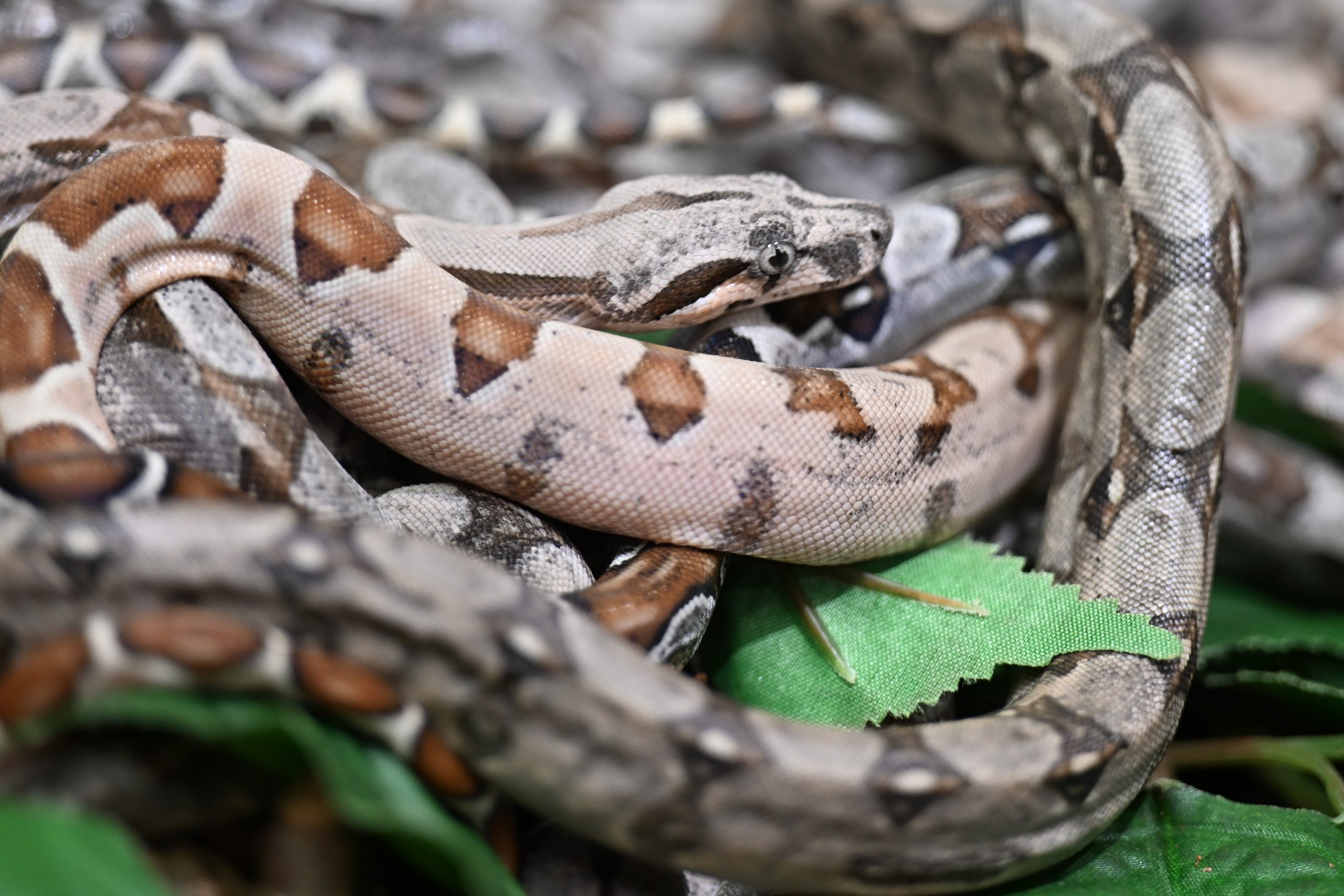In English
11 de maio de 2018
Caterpillar in Brazil has venom that kills – level 3
A type of caterpillar called the Lonomia obliqua, which was discovered in the Amazon region in the 1960s, releases such a toxic poison that it could kill its victims if they do not receive proper treatment. The serum against the toxic substance, the antilomic, has existed since 1996 and is produced by the Butantã Institute.

A type of caterpillar called the Lonomia obliqua, which was discovered in the Amazon region in the 1960s, releases such a toxic poison that it could kill its victims if they do not receive proper treatment. The serum against the toxic substance, the antilomic, has existed since 1996 and is produced by the Butantã Institute.
The caterpillar is full of thorns that look like cacti and can be found in areas close to the jungle. It lives in clusters with other caterpillars and on tree trunks close to the ground, to where it crawls at the end of its cycle to transform into a butterfly. It is greenish brown and has a white “V” on its head. When the thorns are broken, the caterpillar releases its venom.
In the old days, trees where insects were found would be burnt. This practice is no longer recommended as the caterpillars need to be collected to produce the serum that is the antidote to their poison. Instead, it is recommended that the tree be isolated, and that public health or zoonoses services be called to remove the caterpillar.
1) According to the text, it is INCORRECT to state that:
A) The Lonomia obliqua should be burned so people are not poisoned.
B) The serum against the venom has been around for more than 20 years.
C) The caterpillar lives in areas close to the jungle.
D) The caterpillar only releases its poison after its thorns are torn.
2) How to antidotes work?













Você precisa fazer o login para publicar um comentário.